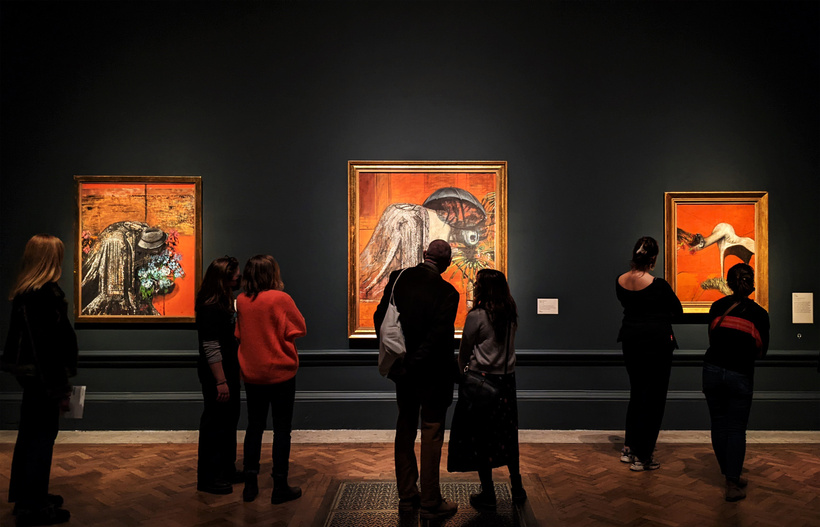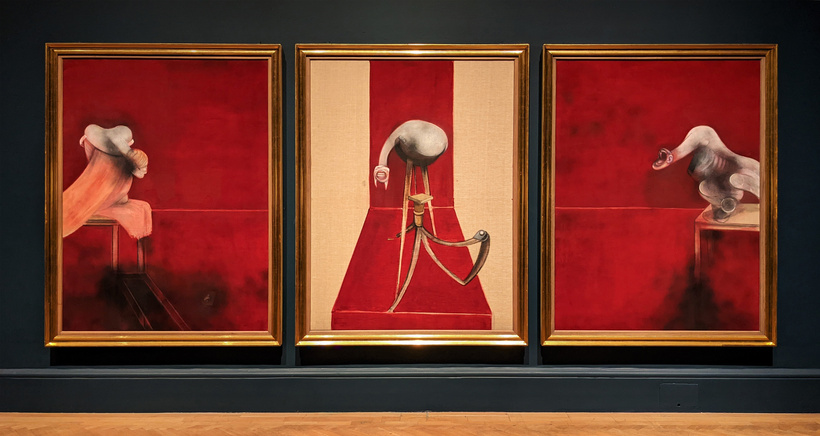About the author:
Anastasia Papaonisiforou is a London based exhibitions expert with an MA in Curating and Collections and a background in Fine Arts. She is our oldest patron and graciously accepted to cover this topic for Local Approach; she is available to give advice on discord through our “Let’s talk about your heritage!” membership, upon specific request.
[Edited A. Gkouma]
More from Anastasia:
Curating: a viewer’s perspective
Your Curated Reading List series
Exhibition Reviews seriesAbout the author:
Anastasia Papaonisiforou is a London based exhibitions expert with an MA in Curating and Collections and a background in Fine Arts. She is our oldest patron and graciously accepted to cover this topic for Local Approach; she is available to give advice on discord through our “Let’s talk about your heritage!” membership, upon specific request.
[Edited A. Gkouma]
More from Anastasia:
Curating: a viewer’s perspective
Your Curated Reading List series
Exhibition Reviews seriesDuration: 29 January – 17 April 2022
Location: Royal Academy of Arts London
Curated by: Michael Peppiatt

© A. Papaonisiforou. 2022, Royal Academy of Arts London
The Royal Academy starts the 2022 exhibition programme with Francis Bacon: Man and Beast. Bacon was one of the most influential painters of the twentieth century, mostly known for his figurative paintings. As the title suggests, this exhibition focuses on his animalistic paintings, exploring the relationship between man and animal.
The exhibition is a collection of forty-six paintings that depict raw expressions of anxiety and primal instinct, spanning over a fifty-year career. Starting with Crucifixion (1933), a Picasso-like image that was his first successful painting, and ending with the last ever painting he created, Study of a Bull (1991). The paintings capture figures in motion, with gestural brushstrokes and splatters of distorted and blurred forms. Some are a combination of human and animal parts that are barely recognisable, and others are images of screams and animal cries that seem compelling and unsettling at the same time. Bacon’s perspective is a view of humanity that is very difficult to look at. The brutality of the subject matter is emphasised by the dark blues and reds on the walls. Not to mention the grand and dimmed spaces of the Royal Academy give an even more dramatic effect.

© A. Papaonisiforou. 2022, Royal Academy of Arts London
There are nine rooms in the exhibition, all beautifully curated but equally shocking. Each one of the rooms narrates a story that leads to the next. The last three rooms include six complete triptychs, not including the three Study for Bullfight no.1 (1969), no.2 (1969) and no.3 (1990) shown together for the first time. Displayed in the central hall of the Burlington House, a hexagon-shaped room, the three paintings are spread around strategically and surround you with the anxious and tormenting scene of the bullfight. Existential anguish is transferred from the artist to the observer through such violent and beastly manipulation of the human form.

© A. Papaonisiforou. 2022, Royal Academy of Arts London
Our take:
It is an extraordinary experience to see the unique process of Francis Bacon in this light and so many of his paintings in one show. Especially since most of the works are loans from private collections.
The exhibition is a collection of painterly expressions of raw emotion and trauma, an insight into Bacon’s cynical mind. I felt surrounded by loud and powerful artworks that made me feel uneasy and vulnerable; this eerie feeling was a constant throughout the entire exhibition. At the end of the day, what is art if it does not evoke an emotional response? Francis Bacon: Man and Beast is a must-see exhibition!
I want to learn more:
13 things to know about Francis Bacon
About the author:
Anastasia Papaonisiforou is a London based exhibitions expert with an MA in Curating and Collections and a background in Fine Arts. She is our oldest patron and graciously accepted to cover this topic for Local Approach; she is available to give advice on discord through our “Let’s talk about your heritage!” membership, upon specific request.
[Edited A. Gkouma]
More from Anastasia:
Curating: a viewer’s perspective

